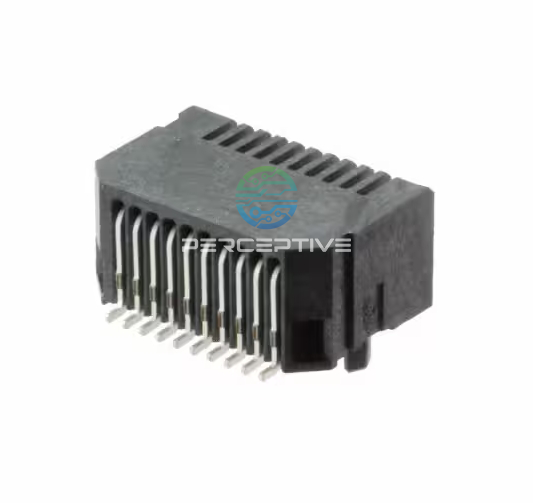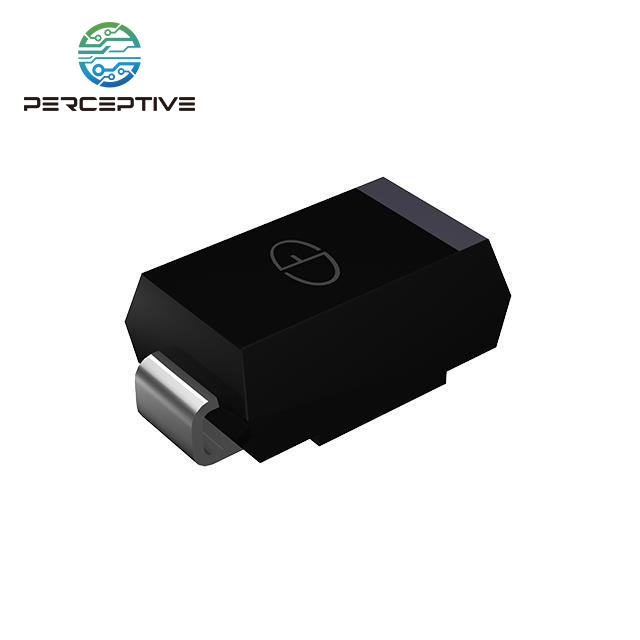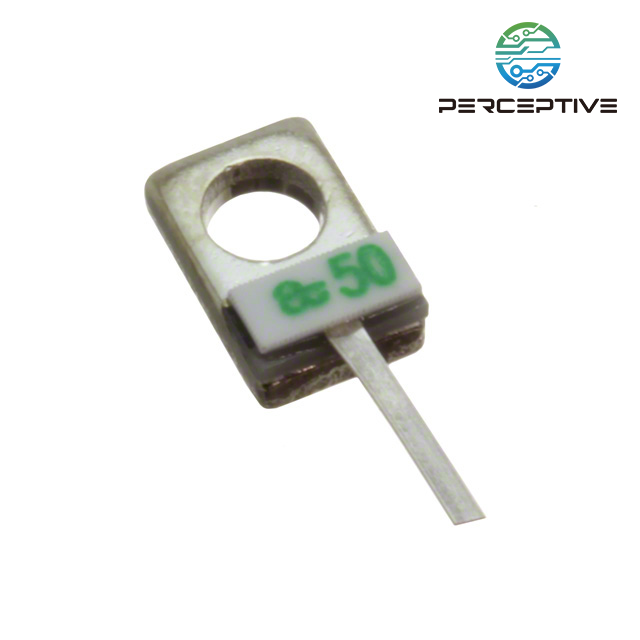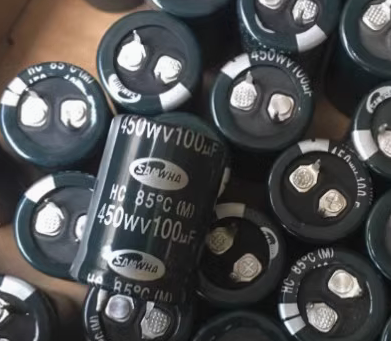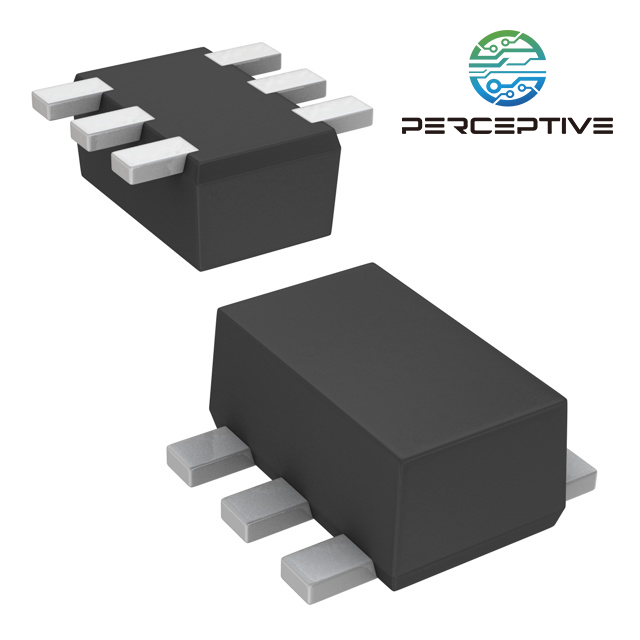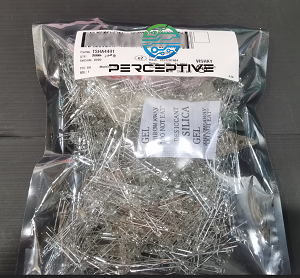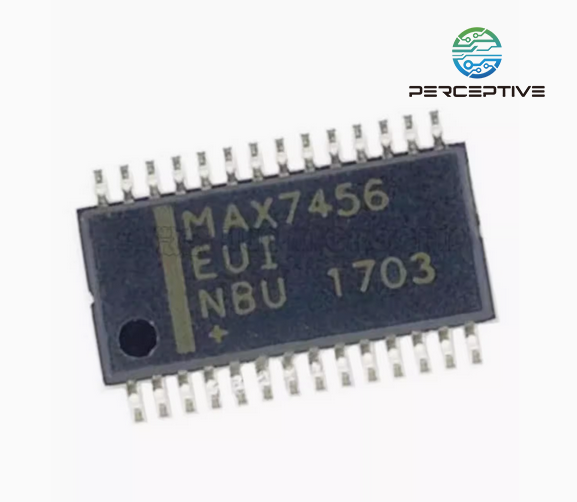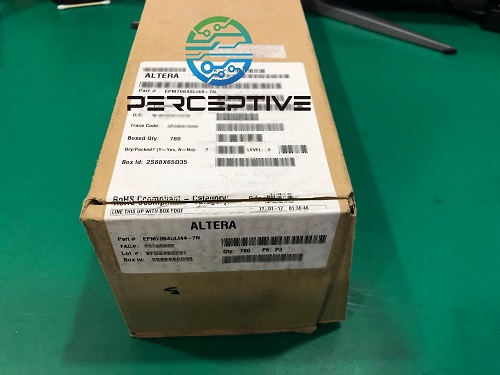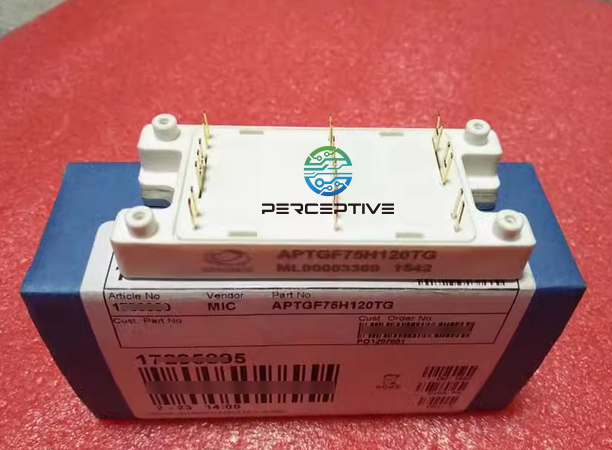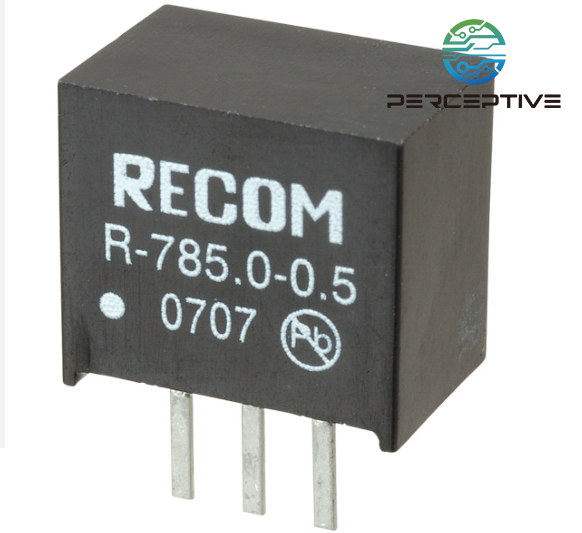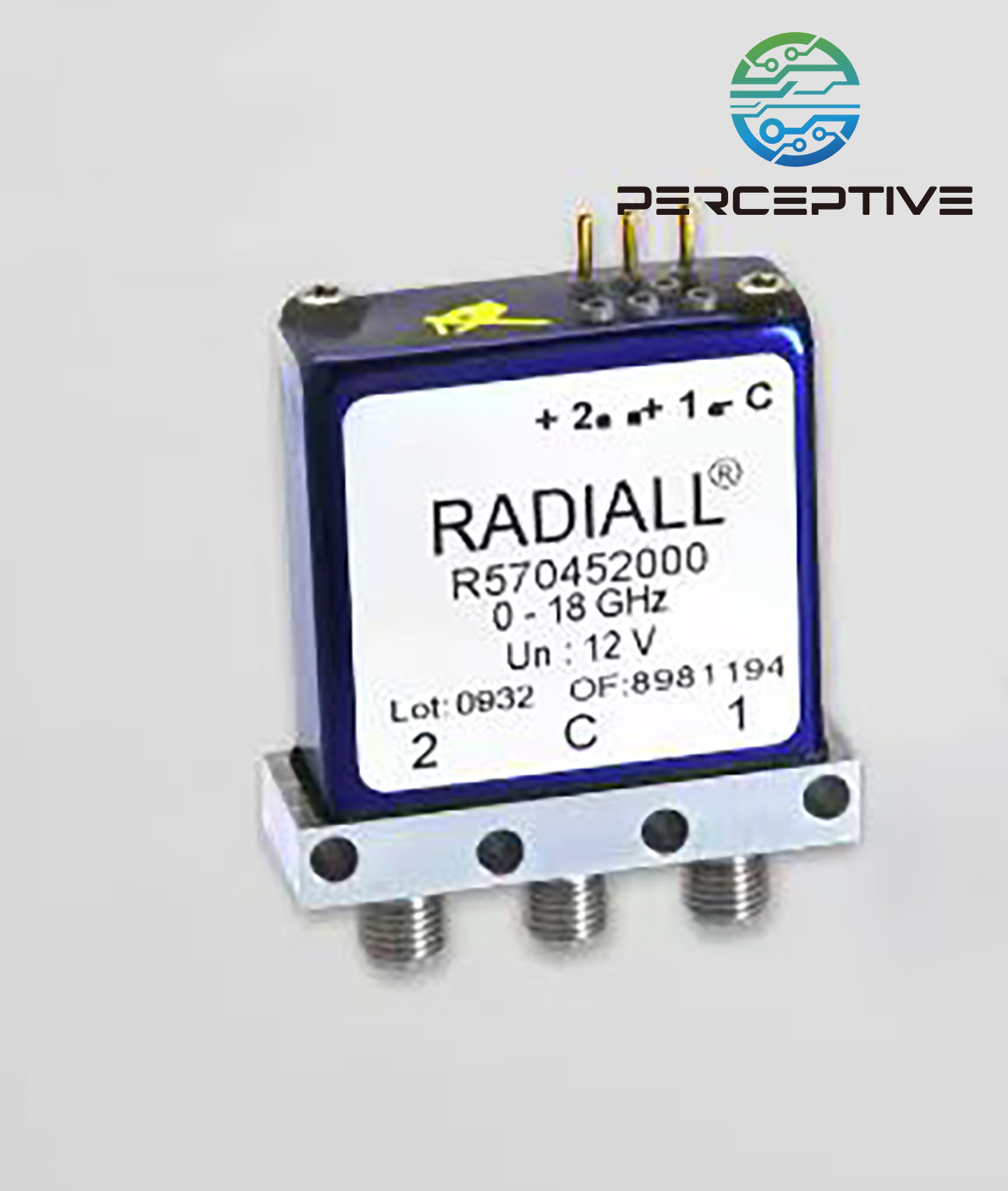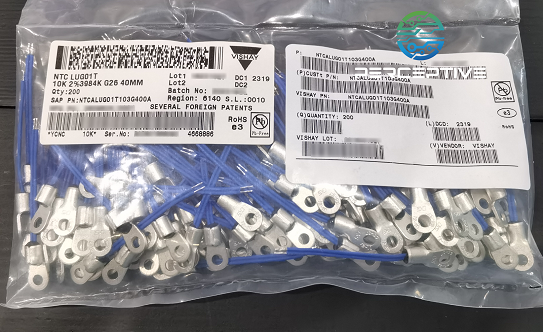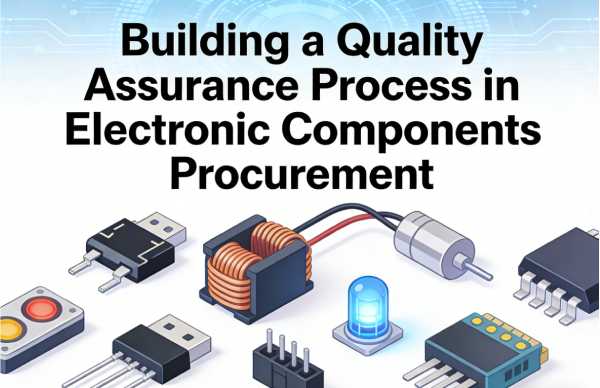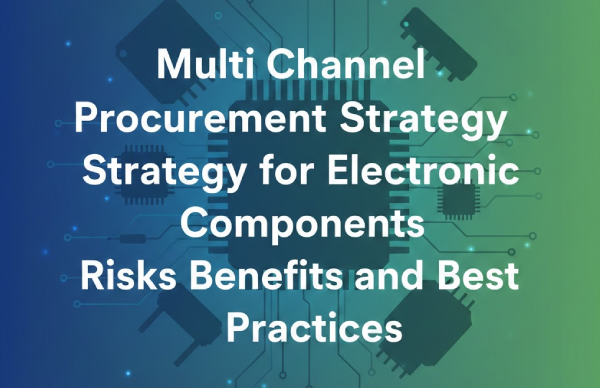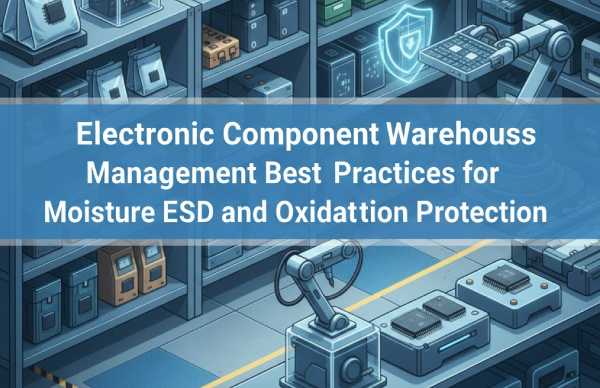In the electronics industry, the Bill of Materials (BOM) is more than just a parts list. It represents the intersection of cost, quality, supply risk, and long-term product performance. With global supply chains facing price volatility, lead time disruptions, and growing reliability expectations, optimizing your BOM has become essential. The goal is not simply to reduce expenses but to balance cost savings with dependable, sustainable designs.
Below are practical strategies to help procurement professionals, engineers, and supply chain managers optimize BOMs while safeguarding product reliability.
1. Focus on Total Cost of Ownership (TCO)
Unit price alone rarely tells the full story. Components carry hidden costs related to procurement overhead, inventory carrying, warranty claims, and lifecycle maintenance. For products with long service lives, slightly higher-grade parts can deliver lower overall TCO by minimizing failures, reducing rework, and improving customer satisfaction. Successful BOM optimization should always measure cost in terms of lifecycle impact, not just upfront savings.
2. Integrate Design-for-eXcellence (DfX) and Early Supplier Involvement (ESI)
Design decisions have a direct influence on cost and reliability. Embedding DfX practices ensures that choices align with manufacturability, testability, and maintainability. Involving suppliers early in the design cycle exposes opportunities for alternative form factors, easier-to-source equivalents, or more assembly-friendly layouts. These insights can prevent costly redesigns and accelerate time-to-market.
3. Apply Value Analysis and Value Engineering (VAVE)
VAVE is a structured method for examining each BOM item's function relative to its cost. Teams from engineering, procurement, and manufacturing collaborate to determine whether a part's added expense translates to customer-perceived value. Through workshops and testing, redundant features can be removed, lower-cost equivalents can be introduced, and functions can be redistributed without compromising product performance.
4. Standardize and Expand Approved Alternatives
Every unique part number increases procurement complexity and dilutes volume discounts. Standardizing common passive values, connectors, and footprints streamlines sourcing and improves leverage in negotiations. Establishing an Approved Manufacturer List (AML) with multiple pre-qualified suppliers per component ensures supply continuity and reduces single-source risk. A well-structured AML also allows procurement teams to respond quickly when market conditions shift.
5. Leverage Real-Time Data for Sourcing Decisions
BOM optimization today requires data-driven visibility. Integrating real-time availability, pricing feeds, and lifecycle notifications into your BOM management system enables proactive risk mitigation. Automated alerts for end-of-life notices or shortages give teams the chance to qualify alternates before disruptions occur. Linking these insights to procurement policies ensures that cost reduction efforts never compromise supply stability.
6. Balance Reliability Tradeoffs with Testing
Cost optimization often introduces tradeoffs — but these must be intentional and validated. When selecting lower-cost alternatives, document reliability assumptions and confirm them through rigorous testing such as derating analysis, thermal cycling, or accelerated life tests. Critical subsystems may require premium-grade components, while non-critical circuits can absorb lower-cost substitutions. Making these tradeoffs transparent helps manage risk across the entire product lifecycle.
Practical 90-Day Implementation Checklist
Run an ABC analysis to identify the top 20 cost drivers in your BOM.
Organize a VAVE workshop targeting those items for cost-reduction opportunities.
Standardize part values and footprints where possible.
Add at least one vetted alternate supplier for each critical component.
Connect your BOM tool to live price, availability, and PCN/EOL data sources.
Define qualification and reliability tests for any substituted components.
Conclusion
BOM optimization is not a one-time event — it's a continuous, cross-functional discipline. At Perceptive Components, we help partners implement BOM optimization strategies by providing access to broad supplier networks, real-time sourcing insights, and expert support in identifying reliable alternatives. With the right approach, reducing costs and safeguarding reliability is not a tradeoff — it's a competitive advantage.

